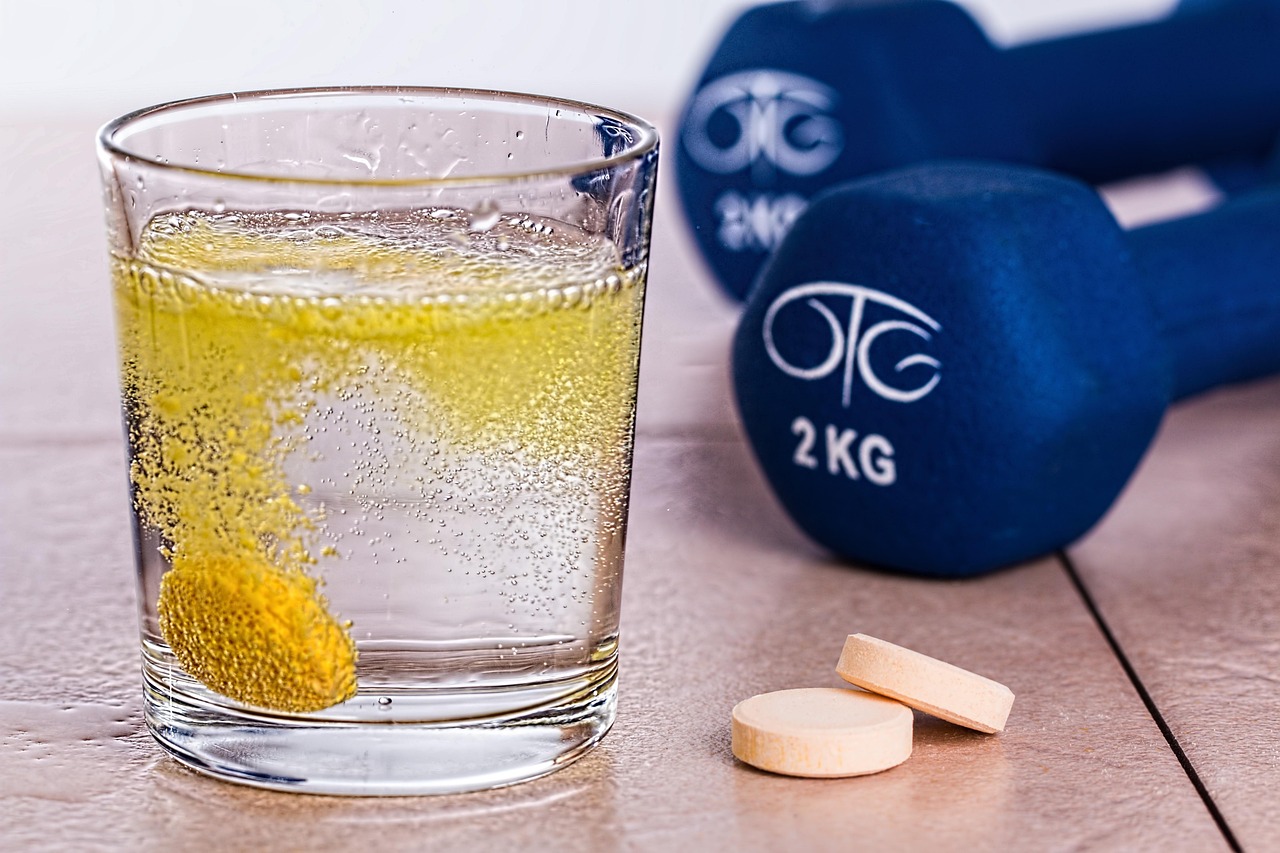Hydration strategies to improve complexion and physical performance
Practical hydration strategies can support clearer complexion and steadier physical performance. This article outlines how fluid balance intersects with skincare, nutrition, exercise, recovery, sleep, posture, and mobility to help you plan daily habits.

Proper hydration influences both how your skin looks and how your body performs during activity. Fluids support circulation, help maintain skin elasticity, and assist cellular repair, while also affecting strength, endurance, and recovery during and after workouts. This article explains targeted hydration strategies that link skincare and nutrition with exercise routines, sleep habits, posture, and mobility to support overall wellness.
This article is for informational purposes only and should not be considered medical advice. Please consult a qualified healthcare professional for personalized guidance and treatment.
How does hydration affect skincare and complexion?
Hydration helps maintain the skin’s barrier function and can influence texture and tone. When skin is well-hydrated, it tends to appear plumper and more resilient; dehydration can make fine lines and rough patches more visible. Alongside topical skincare, drink patterns matter: sipping water steadily throughout the day supports sweat and sebum balance, which can indirectly reduce irritation and promote a more even complexion. Remember that topical products and environmental factors also play major roles, so hydration is one piece of a broader skincare routine.
What nutrition choices support hydration?
Nutrition affects how effectively your body retains and uses fluids. Foods with high water content—such as cucumbers, melons, tomatoes, and leafy greens—contribute to daily intake and supply electrolytes like potassium and magnesium. Balanced meals with adequate protein and healthy fats support skin repair and reduce fluid shifts that cause puffiness. Minimizing excessive caffeine and alcohol helps preserve hydration status; when consumed, pair them with extra water and salty snacks or electrolyte-rich foods to rebalance fluids safely.
How to hydrate around exercise and workout?
Timing fluid intake around workouts influences performance and recovery. Start moderately hydrated before a workout by drinking water in the hours leading up to exercise; during sessions lasting longer than 60 minutes or in high heat, incorporate electrolyte beverages or sports drinks to replace sodium and potassium losses. Post-workout, prioritize fluids along with protein and carbohydrates to support recovery and muscle repair. Monitor urine color and bodyweight changes after longer training sessions to estimate sweat losses and guide rehydration volumes.
How hydration aids strength, mobility, and recovery?
Muscle function depends on fluid balance: cells need water for nutrient transport, metabolic reactions, and waste removal. Inadequate hydration can reduce strength, slow reaction times, and increase perceived effort during workouts. Proper hydration supports joint lubrication and soft-tissue elasticity, which helps mobility and posture during movement. During recovery, fluids assist in clearing metabolic byproducts and supporting sleep quality that is essential for rebuilding strength and restoring mobility.
How do sleep and posture affect hydration and wellness?
Sleep influences hormonal regulation of fluid balance; poor sleep can alter thirst perception and electrolyte handling, complicating hydration planning. Posture also affects circulation and can influence localized swelling—sustained poor posture may lead to fluid pooling in tissues. Evening hydration should be balanced to avoid nighttime awakenings while ensuring overnight repair processes have adequate fluids. Small, regular sips and attention to posture during the day can reduce daytime fatigue and support overall wellness.
Practical hydration habits for daily wellness
Create simple routines: start the day with a glass of water, carry a refillable bottle, and set gentle reminders to sip rather than gulp. Pair hydration with routine activities (after restroom breaks, before meals, or between sets during workouts) to build consistency. For longer training sessions or hot environments, use electrolyte formulas to replace sodium and potassium losses. Adjust intake for body size, activity level, and climate; a registered dietitian or sports nutritionist can help tailor goals if you have specific performance or complexion targets.
Conclusion Hydration is a foundational element that links skincare, nutrition, exercise, sleep, posture, and recovery. Consistent fluid intake, combined with appropriate food choices and timing around workouts and sleep, can support a healthier complexion and steadier physical performance. Observing how your body responds—through skin appearance, workout output, and recovery patterns—helps refine practical habits over time.





